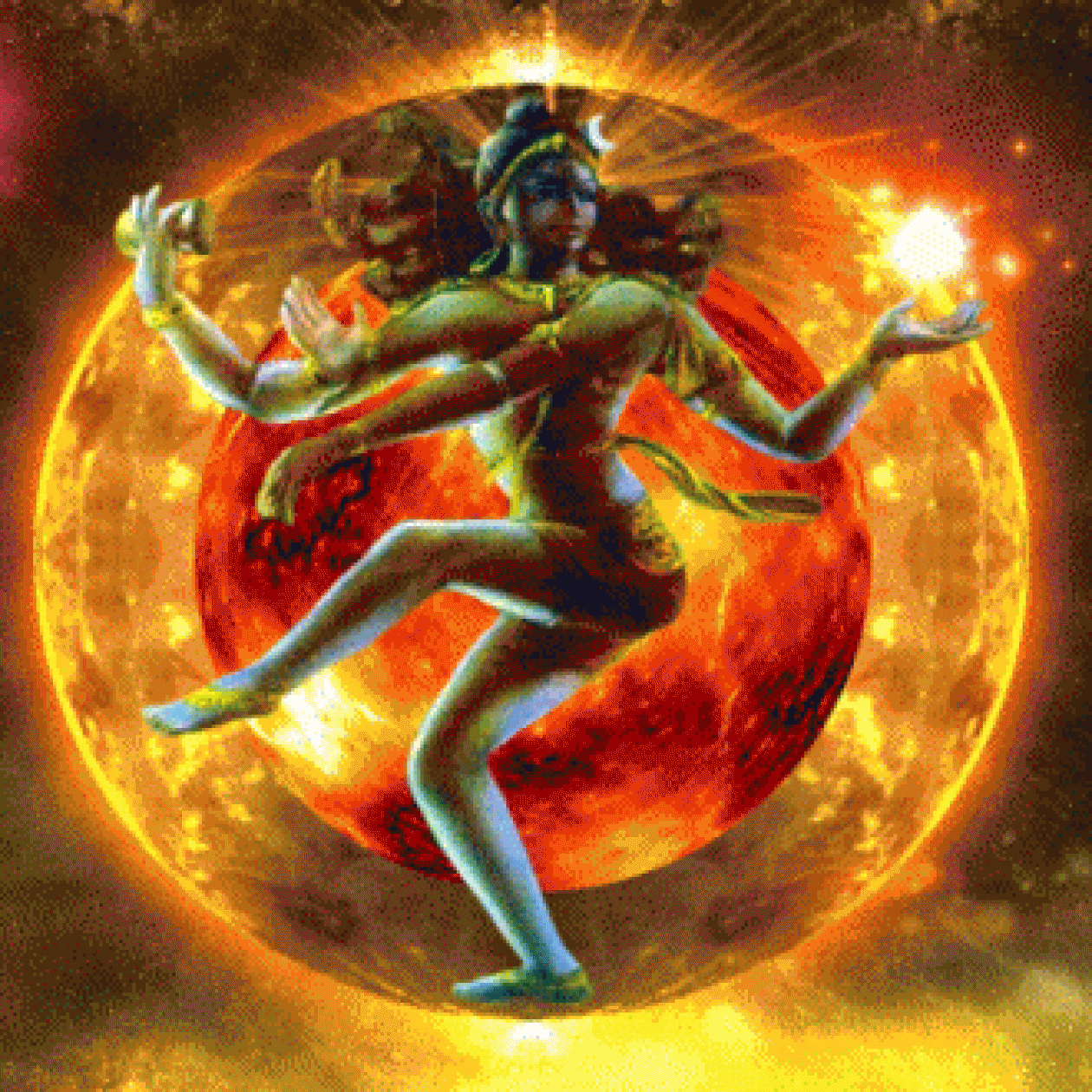Mahashivaratri 2024

One of the popular mantras associated with Mahashivaratri is the “Om Namah Shivaya” mantra. This mantra is dedicated to Lord Shiva and is considered to be very powerful. It can be chanted repeatedly during Mahashivaratri as a form of devotion and meditation. The mantra is comprised of the following syllables:
ॐ नमः शिवाय (Om Namah Shivaya)
This mantra is believed to invoke the presence and blessings of Lord Shiva, and it is often chanted with sincerity and reverence by devotees during Mahashivaratri celebrations and other auspicious occasions dedicated to Lord Shiva.
- Shiva Rudra Mantra: This mantra is Om Namo Bhagwate Rudraaye..!!, which means “I bow and pray to the almighty Lord of Rudraksha”. Chanting these mantras can provide strength and courage to those who feel weak or powerless, and help them find solutions to their problems.
- Om Sham Bhavodbhavay Sham Om Namah: This mantra is said to be chanted on Mahashivratri
Other mantras to chant on Mahashivratri include:
- Panchakshari Mantra
- Maha Mrityunjaya Mantra
- Shiv Tandav Stotram
- Rudrashtakam
The Rudrashtakam is a Sanskrit composition consisting of eight verses dedicated to Lord Shiva. It was composed by the great Hindu philosopher and saint, Goswami Tulsidas, who is also known for writing the Ramcharitmanas.
Each verse of the Rudrashtakam praises various attributes and aspects of Lord Shiva, extolling his greatness, power, and benevolence. The Rudrashtakam is often recited or sung with devotion by devotees of Lord Shiva, especially during auspicious occasions like Mahashivaratri.
Here is the Rudrashtakam in its entirety:
नमामीशमीशान निर्वाणरूपं विभुं व्यापकं ब्रह्मवेदस्वरूपम्। निजं निर्गुणं निर्विकल्पं निरीहं चिदाकाशमाकाशवासं भजेऽहम्॥
तुषाराद्रिसंकाशगौरं गभीरं मनोभूतकोटिप्रभाश्रीशरीरम्। स्फुरन्मौलिकल्लोलिनीचरूलंगं भजेऽहं भवानीपतिं भावगम्यम्॥
नलीकन्थं निष्ठुलं जलजनिभं रविप्रकाशाम्प्रभाभास्वरूपम्। कश्यपादिगोत्रं गणेशादिसेवितं भजेऽहं भवानीपतिं भावगम्यम्॥
शिवं शङ्करं शम्भुं निर्वाणरूपं श्रितं चिताम्बरं सर्वलोकैकनाथम्। स्र्यम्सच्चिदानन्दरूपं तदेवं भजेऽहं भवानीपतिं भावगम्यम्॥
न ते शरणागतं न ते विखुम्वर्गं न मृत्युर्न तेऽपि च चिन्तितं पावनम्। न तपः न दानं न जपो न श्राद्धं शिवपादांभोजं भजेऽहं भवानीपतिं भावगम्यम्॥
न जानामि योगं जपं नैव पूजां न तोऽहं सदा सर्वदा शम्भुतुभ्यम्। जरा जालं जड्यं चित्ताहि संगतं कुप्यस्तवाभिमुखं भजेऽहं भवानीपतिं भावगम्यम्॥
न यावद्विध्यमं किंप्रकारो हंति कोऽन्यो विभुः कालतः किं करोमि कृतां च प्ररोहेयम् क्वचित्। तव पादाम्बुजयुगं प्रपद्यमि भवाम्भो संसारदुस्तरं नः कल्पयसि पुण्यशील॥
इति श्रीरुद्राष्टकं सम्पूर्णम्।
This beautiful composition captures the essence of devotion to Lord Shiva and is often recited by devotees seeking his blessings and grace.
The Panchakshari Mantra, also known as the “Namah Shivaya” mantra, is one of the most important and powerful mantras in Hinduism. It consists of five syllables, hence the name “Panchakshari,” which means “five syllables.” The mantra is dedicated to Lord Shiva and is believed to have immense spiritual significance and power.
The Panchakshari Mantra is:
ॐ नमः शिवाय (Om Namah Shivaya)
Each syllable in this mantra holds deep meaning:
- “Om” represents the universal consciousness and the sound of creation.
- “Namah” means “I bow” or “I offer my salutations to.”
- “Shivaya” refers to Lord Shiva, the auspicious one.
When chanted with devotion and sincerity, the Panchakshari Mantra is believed to purify the mind, remove negativity, and invoke the divine presence of Lord Shiva. It is often repeated as a form of meditation, worship, or spiritual practice by devotees of Lord Shiva. Many also believe that chanting this mantra can lead to spiritual liberation (moksha) and inner peace.
The Maha Mrityunjaya Mantra, also known as the Great Death-Conquering Mantra or Tryambakam Mantra, is a powerful Hindu mantra dedicated to Lord Shiva. It is considered one of the most potent and beneficial mantras for health, healing, protection, and spiritual upliftment.
The Maha Mrityunjaya Mantra is as follows:
ॐ त्र्यम्बकं यजामहे सुगन्धिं पुष्टिवर्धनम्। उर्वारुकमिव बन्धनान् मृत्योर्मुक्षीय मामृतात्॥
(Om tryambakam yajāmahe Sugandhim pushtivardhanam Urvarukamiva bandhanan Mrityormukshiya mamritat)
This mantra is found in the Rigveda and is considered a potent tool for warding off diseases, overcoming fear of death, and seeking spiritual liberation (moksha). It is also recited as a prayer for the welfare and healing of oneself and others.
The meaning of the Maha Mrityunjaya Mantra is as follows:
- “Om” represents the universal consciousness and the sound of creation.
- “Tryambakam” refers to Lord Shiva, who has three eyes. It signifies the aspect of the divine that sees beyond the physical realm and into the spiritual realm.
- “Yajāmahe” means “we worship” or “we meditate upon.”
- “Sugandhim” translates to “the one who is fragrant.” It symbolizes the divine essence that permeates everything.
- “Pushtivardhanam” means “the one who nourishes and supports all beings.”
- “Urvarukamiva” compares life’s difficulties to a ripened cucumber. Just as a cucumber naturally falls off the vine when ripe, similarly, may we be released from the cycle of birth and death.
- “Bandhanan” refers to bondage or attachment to worldly desires and suffering.
- “Mrityormukshiya” means “liberate us from death” or “grant us immortality.”
- “Māmṛitāt” signifies “not from death,” seeking protection from death and the fear associated with it.
The Maha Mrityunjaya Mantra is often chanted repetitively as a form of meditation, prayer, or as part of daily spiritual practice. It is believed that regular recitation of this mantra can bring physical health, mental clarity, and spiritual well-being.
The Shiva Tandava Stotram is a Sanskrit hymn dedicated to Lord Shiva, composed by the sage Ravana, who was a great devotee of Shiva. It is known for its powerful and rhythmic verses that describe the cosmic dance (Tandava) of Lord Shiva, which symbolizes creation, preservation, and destruction of the universe.
Here is an excerpt from the Shiva Tandava Stotram:
जटाटवीगलज्जलप्रवाहपावितस्थले गलेऽवलम्ब्य लम्बितां भुजङ्गतुङ्गमालिकाम्। डमड्डमड्डमड्डमन्निनादवड्डमर्वयं चकार चण्डताण्डवं तनोतु नः शिवः शिवम्॥
(jaṭāṭavīgalajjalapravāhapāvita sthale gale’valambya lambitāṃ bhujaṅgatuṅgamālikām ḍamaḍḍamaḍḍamaḍḍamaninādavadḍamarvayaṃ cakāra caṇḍatāṇḍavaṃ tanotu naḥ śivaḥ śivam)
This hymn describes the scene of Lord Shiva performing his cosmic dance in the celestial abode of Mount Kailash, adorned with the flow of the river Ganges, wearing a serpent as a garland, and creating a rhythmic sound with his steps. The Tandava dance of Shiva is depicted as vigorous, powerful, and awe-inspiring.
The Shiva Tandava Stotram is revered by devotees of Lord Shiva and is often recited or sung with devotion as a means of praising and seeking blessings from the divine. It is believed that chanting this hymn with sincerity and reverence can invoke the grace of Lord Shiva and bring about spiritual upliftment.







